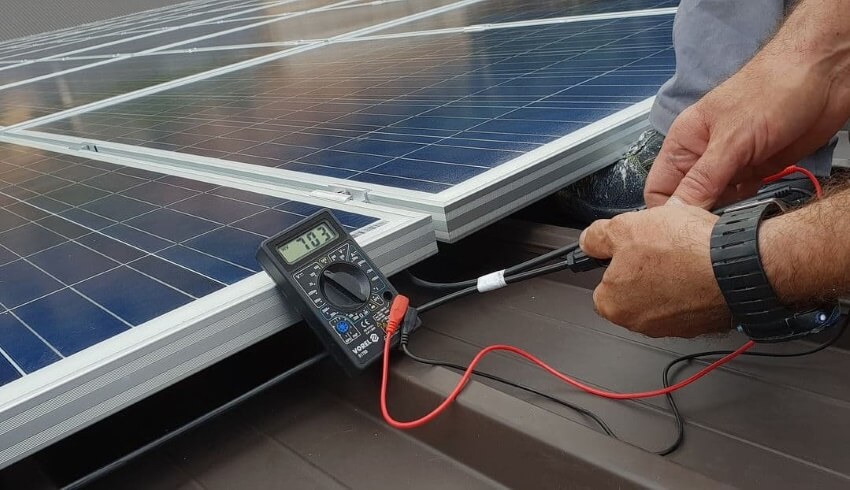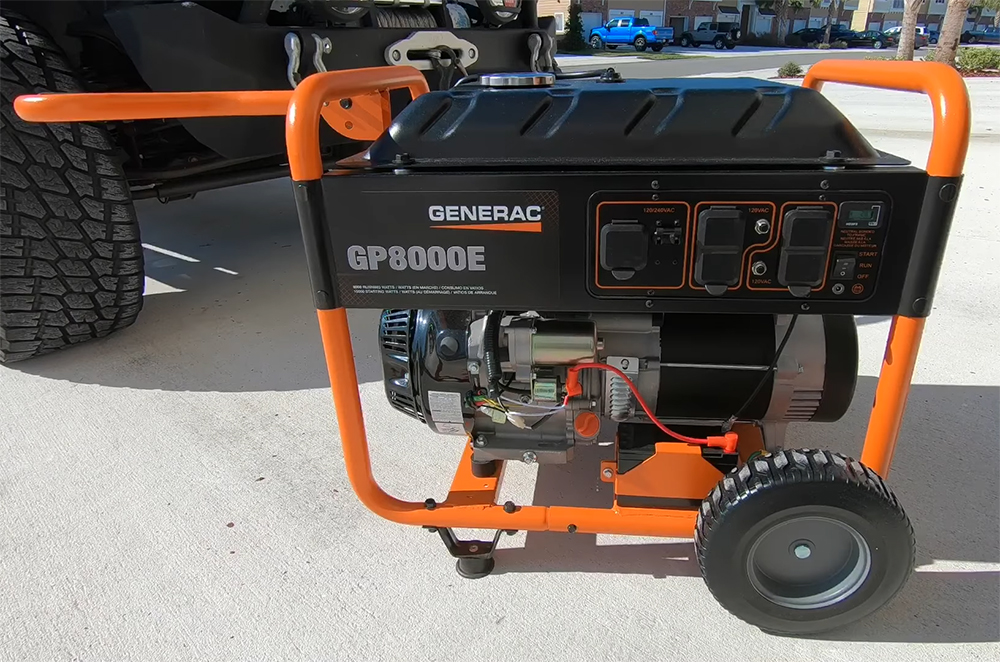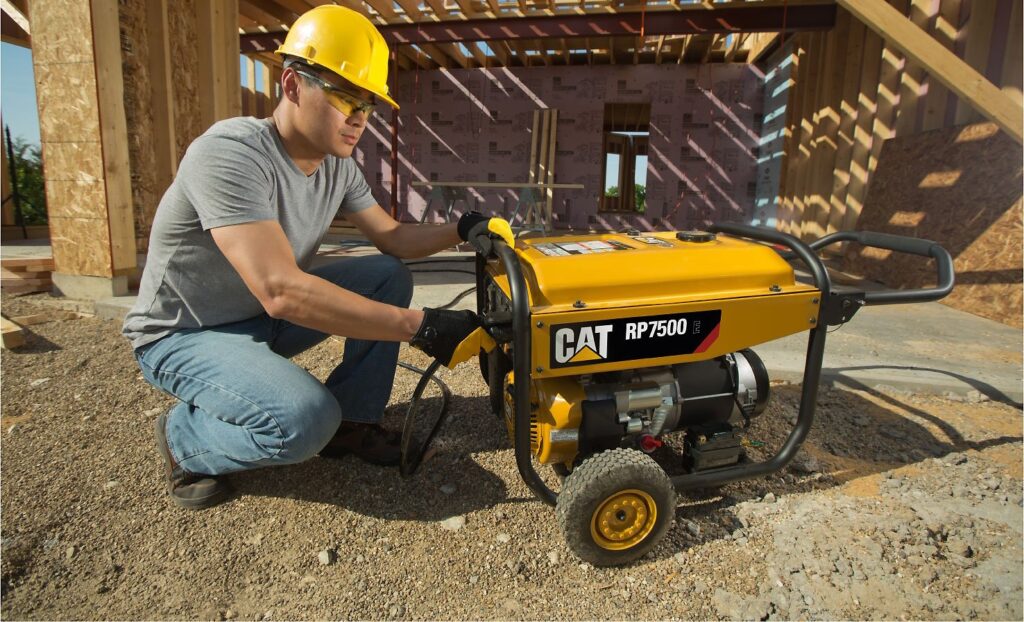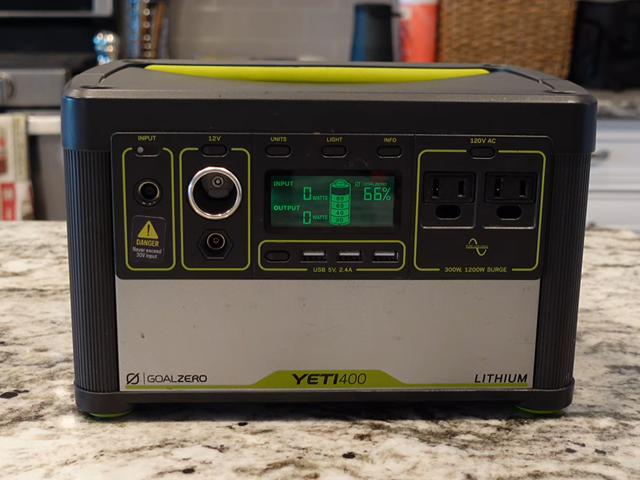
A generator can be used to power your home in the case of a blackout or power outage. Generators can also be used to supply power to your RV or to the appliances you take with you on a camping trip. However, it is important to follow safety principles when using a generator, or a hazardous situation may result. Grounding a generator may be necessary for certain models of generators.
The following article explains the process of grounding, why it is necessary, how to determine whether or not your generator needs to be grounded, what tools are required for grounding a generator, and the steps to take when grounding a portable generator.
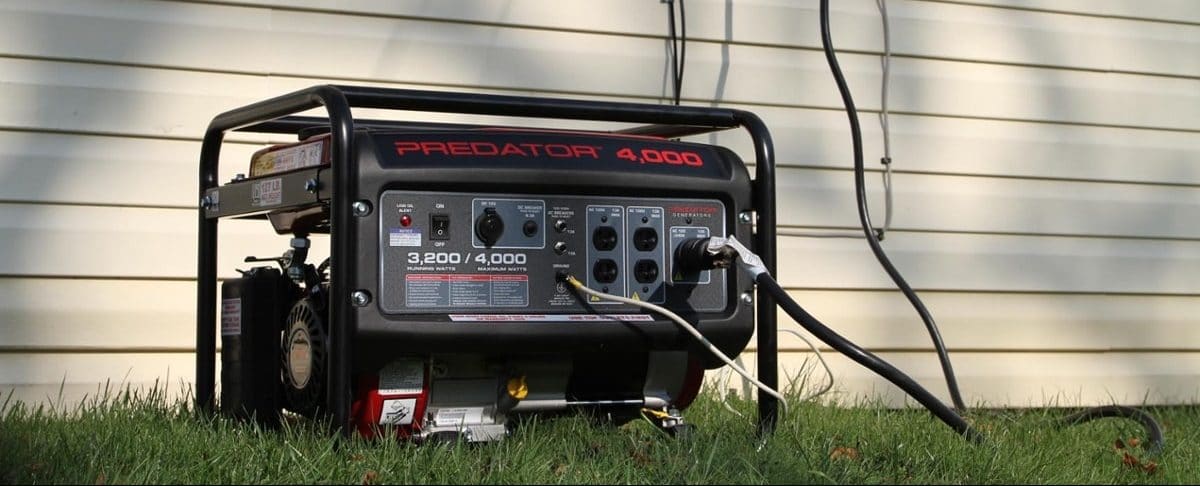
If your generator is one that needs to be grounded and you fail to do so properly, your generator can cause a fire, if there is a short circuit or a faulty circuit, that will ignite the fuel source within the generator and cause damage to nearby objects around it or be hazardous to the people nearby. It can also cause a life-threatening electric shock. The frame of the generator, which acts as the electrical circuit, may electrocute or severely shock anyone who touches it.
The process of grounding a generator is not always necessary for every generator. A number of modern generators do not need to be grounded. But there may be some older generators which still require grounding before use.
To determine whether or not grounding a portable generator is necessary for you, consult the user manual. If you no longer have the manual for your generator, there are still a few checks which you can perform in order to ensure that you are operating your generator in a manner that is safe.
If your generator uses a separately derived system, then you will need to install a grounding rod. If your generator does not use a separately derived system, then it will not require grounding.
A separately derived system can be identified through the transfer switch on the generator. If the transfer switch is unable to be transferred to a neutral ground conductor, then it is not a separately derived system and will not need to be grounded through being connected to a grounding rod. Also, portable generators in which the engine, fuel tank, and housing are bonded to the metal frame similarly do not require grounding.

You may not have all of these tools at your disposal in your home. If this is the case, you can usually find them at your local home improvement or hardware store. Make sure you have the following tools before grounding a generator:
You should have a good amount of copper wire, enough to allow you to make the connection between the generator’s metal frame and the grounding rod. It is recommended to purchase heavy-duty green insulated copper wire for outdoor use.
This is the most important piece of the grounding process, so be sure to obtain a high-quality copper rod that is at least 4 feet long.
These will be used to strip the ends of the copper wire so that they can be properly connected to the generator metal frame and the copper grounding rod. If wire strippers are not available, you can also use a knife.
This will be used to drive the copper grounding rod into the ground. Be careful not to damage the coating of the copper rod; this could cause a poor connection to be made.
This will be used to loosen one of the bolts on the generator to provide a good connection.
These will be used to wind the copper wire around the copper grounding rod very tightly.
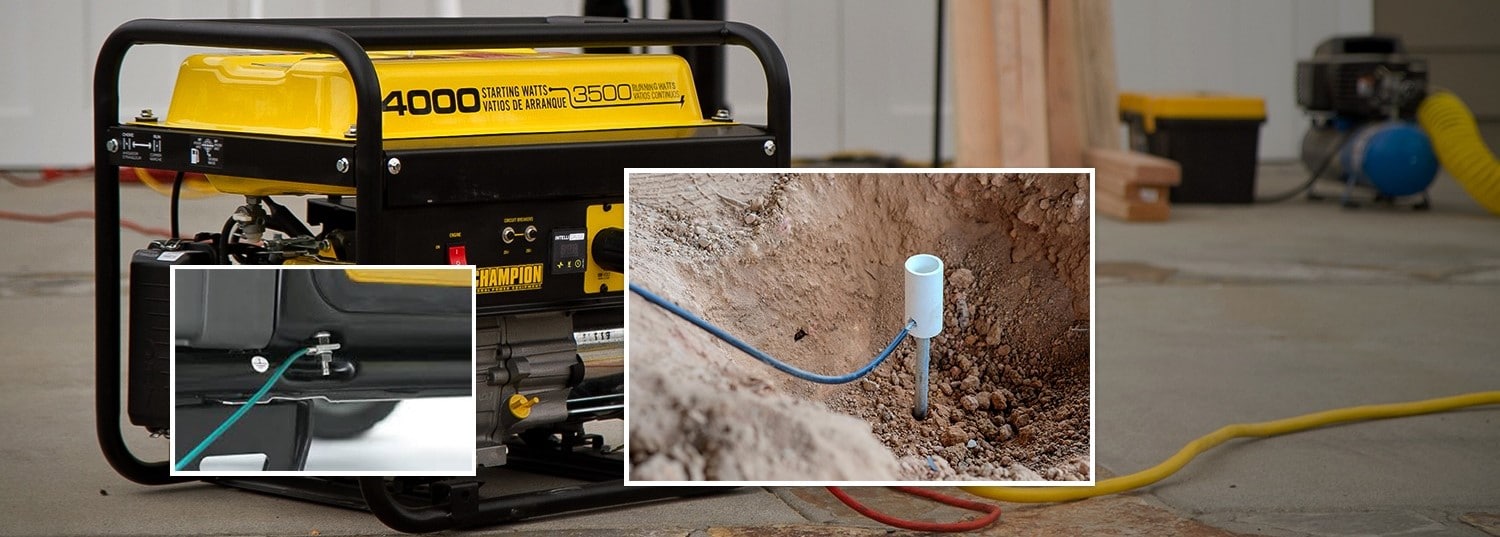
Using your mallet, your hammer, or your sledgehammer, drive the copper grounding rod into the ground. If the ground is too hard, water may be used to soften it before you attempt to drive in the copper grounding rod. The copper grounding rod will need to be driven at least four feet into the ground to ensure the proper grounding of a generator.
If you are installing the copper grounding rod in terrain that is quite rocky, you can instead bury the rod at an angle which ought not to exceed 45 degrees.
After driving the grounding rod deeply into the ground, use the set of wire strippers to strip the copper wire. Wind the stripped copper wire as tightly as you can using a pair of pliers around the rod.
After stripping one side of the copper wire and wrapping it tightly around the copper grounding rod, use the set of wire strippers to strip the other side of the copper wire.
Find the grounding bolt on your generator. Use the wrench to loosen it just enough for you to be able to wrap the stripped copper wire around it.
Wrap the remaining end of the stripped copper wire tightly around the grounding bolt and use the wrench to tighten it once again for a proper connection.
Grounding a generator is a crucial step you ought to take in order to set up and use it properly if your generator uses a separately derived system. Learning to ground your generator will reduce the risk of its malfunctioning and keep you and your appliances safe from hazardous situations such as a fire or an electric shock.
Even if your generator doesn’t require grounding, the knowledge you have gained can keep other people safe, since you will be able to share your knowledge with them.

